Benjamin Franklin was the tenth of seventeen siblings.
Dead Again
 Posthumous execution—executing someone for a crime even though the person is already dead—has long been a favored method of punishment. I guess it makes people feel better, if the perceived criminal died before being sufficiently punished for his crimes.
Posthumous execution—executing someone for a crime even though the person is already dead—has long been a favored method of punishment. I guess it makes people feel better, if the perceived criminal died before being sufficiently punished for his crimes.
Vlad the Impaler was beheaded after being assassinated in 1476. King Richard III of England was hanged by Henry VII, even though Richard had already been killed in a battle in 1485. King Charles II of England ordered Oliver Cromwell, though dead, to be hanged, drawn, and quartered for his participation in the execution of Charles I.
The Civil War and My New Scanner
My friend Michaela sent me the most amazing book last week. Well, if we’re going to get technical about it, she actually sent it to me with the idea that I might forward it to my brother, Luke. She knows he’s a Civil War fanatic and that he might be interested in it. But once I saw the book, I decided it would really be much better if I kept it for myself.
It’s a photographic history of the Civil War, dated 1912. Michaela’s husband, Nik, rescued it from the recycle bin at the dump.
I’m also the proud owner of a new hand-held scanner. I bought it for doing image research for my upcoming trip to the Library of Congress in Washington DC. I’m still getting the hang of it, but I already love it. So you get to see my first attempts with it. They get better. I figured out that it’s not a great idea to scan a picture with the sun streaming in on your book. Pleasant though that may sound, it makes for sun glare on your picture. Anyway, have a look at these amazing photos.
These are southern officers, looking resplendent in their uniforms.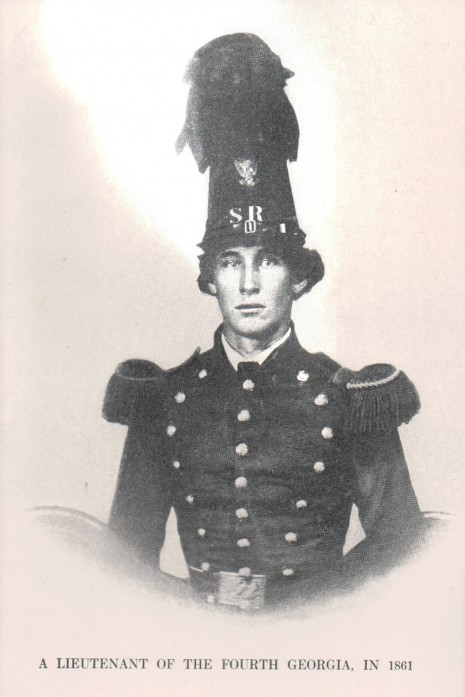
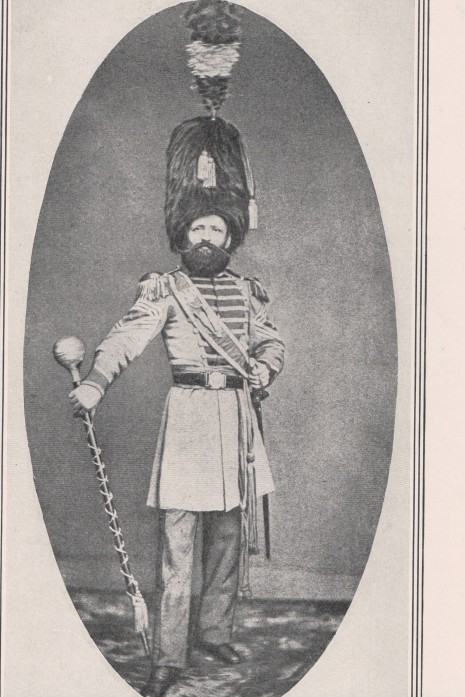
And here is a new recruit at a Union camp, learning the ropes of doing camp laundry.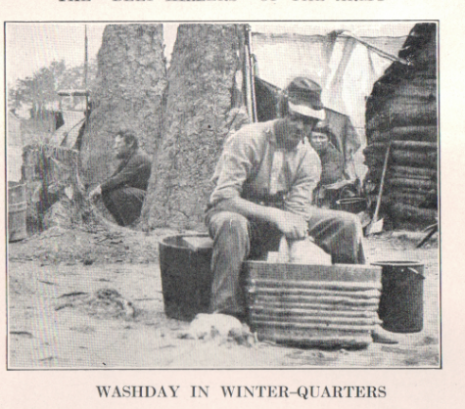
These guys are the butcher brigade—being married to a basketball coach, I have been known to complain about how often I have to feed an army, but these guys literally had to.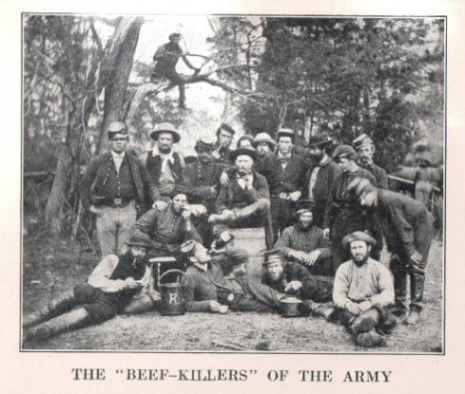
This is an image you rarely see from this era: an overweight soldier. An overweight anyone. It was obviously notable enough to include in the book.
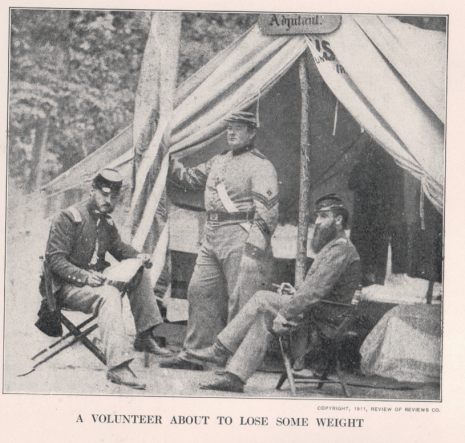 And here’s an illustrator from Harper’s Weekly, sketching the battlefield of Gettysburg in 1863. It’s a larger photo and my first effort at “stitching” scans together. I think it turned out pretty well. And isn’t it an amazing picture?
And here’s an illustrator from Harper’s Weekly, sketching the battlefield of Gettysburg in 1863. It’s a larger photo and my first effort at “stitching” scans together. I think it turned out pretty well. And isn’t it an amazing picture?
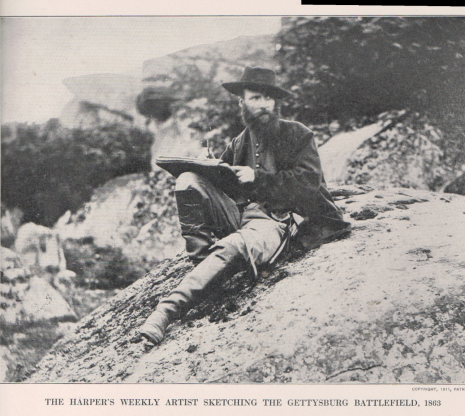
If any of my nonfiction writer friends would like a lesson from me in how to scan, please feel free to email me. Because obviously I am now an expert.
Entitled
William Faulkner’s fourth novel, The Sound and the Fury, was originally going to be called Twilight.
Busted
In 1904, a woman was arrested in New York City for smoking a cigarette in an open automobile.
The Timetables of American History, page 273
Breaking Bread
I’m reading a cool book right now, called A History of Food in 100 Recipes, by William Sitwell. He asserts that when the Normans invaded England and seized the throne (after the Battle of Hastings, in 1066), the Normans introduced a key new tool to England, which made white bread possible. You can see some bakers in the Bayeux tapestry, like the guy in the middle who’s lifting bread out of the oven with tongs:

As well as this baker, doing the same thing:

Here’s William the Conqueror (I’m pretty sure) enjoying his refined white bread:
So the cool new tool they introduced was called a hair sieve. I couldn’t find a picture of this pivotal baking device, but according to Sitwell, it propelled England out of the middle ages. It was a sieve with a mesh of woven hair (most likely horsehair) that was used to sift the bran out of the flour in order to produce a white loaf of bread. From that point on, bread became a status symbol. The nobility ate white bread, the tradesmen ate wheat bread, and the poor ate bran. (39-41)
Over the centuries that followed, bakeries tended to cater to different social classes as well—those that provided brown bread for the poor, and those that baked white loaves for the wealthy.
images from Bayeux tapestry via Wikimedia:
http://www.hs-augsburg.de/~harsch/Chronologia/Lspost11/Bayeux/bay_tama.html
Prez on Wheels
In 1899, William McKinley became the first U.S. president to ride in an automobile.
Balloons
Look what flew over our house on Sunday morning.
 Half a dozen hot-air balloons. One of them ended up landing in the soccer field that’s right next to our house, and of course we went running out to talk to the balloonists while they waited for the “chaser truck” to come get them. And no, contrary to popular belief, we did not get a bottle of champagne when they landed, although the pilot was happy to talk about their trip, and answer our questions, such as why he intentionally brushed the tree next to our house (it helps slow them down). I’m pretty much an expert now.
Half a dozen hot-air balloons. One of them ended up landing in the soccer field that’s right next to our house, and of course we went running out to talk to the balloonists while they waited for the “chaser truck” to come get them. And no, contrary to popular belief, we did not get a bottle of champagne when they landed, although the pilot was happy to talk about their trip, and answer our questions, such as why he intentionally brushed the tree next to our house (it helps slow them down). I’m pretty much an expert now.
 Close up, they make a lot more noise than I thought, when the pilot opens the propane valve and the hot air/flames chuff and whoosh and heat the air inside the balloon (or envelope, as we experts call it). My dog was a little freaked out by the noise.
Close up, they make a lot more noise than I thought, when the pilot opens the propane valve and the hot air/flames chuff and whoosh and heat the air inside the balloon (or envelope, as we experts call it). My dog was a little freaked out by the noise.
Great White Way
I’ve been re-reading the book by Edwin G. Burrows and Mike Wallace called Gotham: A History of New York City to 1898.
 It’s massive—over 1200 pages, but you can pretty much open it anywhere and find amazing facts. Here are some things about New York that I hadn’t known:
It’s massive—over 1200 pages, but you can pretty much open it anywhere and find amazing facts. Here are some things about New York that I hadn’t known:
In 1821, a new hospital for “maniacs” and “lunatics” called the Bloomingdale Insane Asylum was built several miles north of Manhattan, on a rustic seventy-seven-acre plot. It could be reached by way of Old Bloomingdale Road, a thoroughfare connecting lower Manhattan south of Canal Street to northerly areas. The Bloomingdale Insane Asylum is the site of present-day Columbia University. (504) Today Old Bloomingdale Road is called Broadway.
The Bloomingdale Insane Asylum is the site of present-day Columbia University. (504) Today Old Bloomingdale Road is called Broadway.
It was thanks to Edison’s installation of incandescent lighting that Broadway became famous for its theaters. The Lyceum Theater was the first Broadway playhouse to be lighted with electricity (1885), a huge innovation over gaslight. Gas lighting consumed oxygen in the air and produced heat. With incandescent lighting, theater-going suddenly became a more pleasant experience.

By the early 1890s, Broadway was ablaze with electric lights—one of the first streets to be illuminated—and it was dubbed the Great White Way.
Broadway 1885 looking north from Cortlandt and Mainden Lane via Wikimedia
Electric lights, Fifth Avenue, Scientific American 1894 courtesy of http://www.maggieblanck.com/NewYork/SU.html
All in a Day’s Work
In 1819, a maximum twelve-hour working day was established in England. For children.